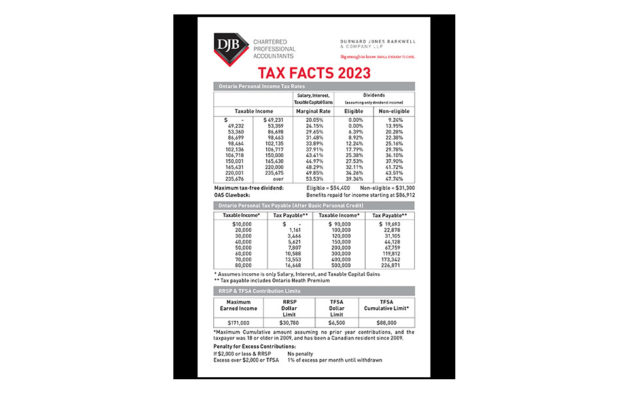On December 6, 2022, the Auditor General of Canada released its report on COVID benefit compliance enforcement. The report reviewed a total of $210.7 billion in payments with the following breakdown among programs.
- Canada Worker Lockdown Benefit (CWLB) – $0.9 billion
- Canada Emergency Wage Subsidy (CEWS) – $100.7 billion
- Canada Recovery Sickness Benefit (CRSB) – $1.5 billion
- Canada Recovery Childcare Benefit (CRCB) – $4.4 billion
- Canada Recovery Benefit (CRB) – $28.4 billion
- Canada Emergency Response Benefit (CERB) and related EI program – $74.8 billion
The report indicated that $4.6 billion in overpayments were made to ineligible individuals, and an additional $27.4 billion of payments to individuals and businesses should be investigated further. This included an estimated $15.5 billion in CEWS received by employers that did not suffer a significant drop in revenue, extrapolated from a review of monthly GST/HST filers’ reported revenues. The report noted that GST/HST filings were far from a perfect measure but were still useful for risk assessment.
CRA has indicated that they have completed audits of $2.8 billion in CEWS claims (1,739 applications), but this only led to $200 million being redetermined post-payment. $11.6 million in penalties had been issued as of October 28, 2022.
The report also indicated the following in respect of CERB paid to recipients likely ineligible:
- $1.6 billion was provided to 190,254 individuals who had quit their jobs;
- $6.1 million was provided to 1,522 people who were in prison and $1.2 million to 391 dead people; and
- $2.2 million was provided to 434 children under 15 years old at the time of application.
Just before the release of the report, a November 30, 2022, National Post article (CRA clawing back $3.2 billion from suspect COVID-19 aid payments, but that’s just the start, Christopher Nardi) noted the following, based on comments from two top CRA officials:
- CRA has issued notices of redetermination disallowing $3.2 billion in COVID-19 benefit overpayments;
- CRA sent out 825,000 notices of redetermination to individuals it suspected of receiving ineligible or excess payments from several COVID-19 benefit programs as of November 18, 2022;
- post-payment reviews are set to continue until at least 2025; and
- 25,000 cases of fraudulent payments were tied to identity theft.
Many of the overpayments stemmed from confusion and challenges associated with the attestation-based programs.
One of the CRA representatives also noted that “we want to recover money, but we don’t want to create financial hardship” and “it’s going to be based on the capacity of each and every individual to repay.”
ACTION ITEM: Review and audit activity in respect of COVID benefits is likely to increase. Ensure to have all supporting documentation ready for claims made.






